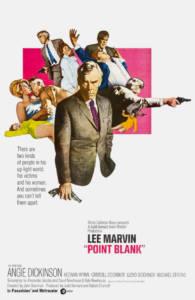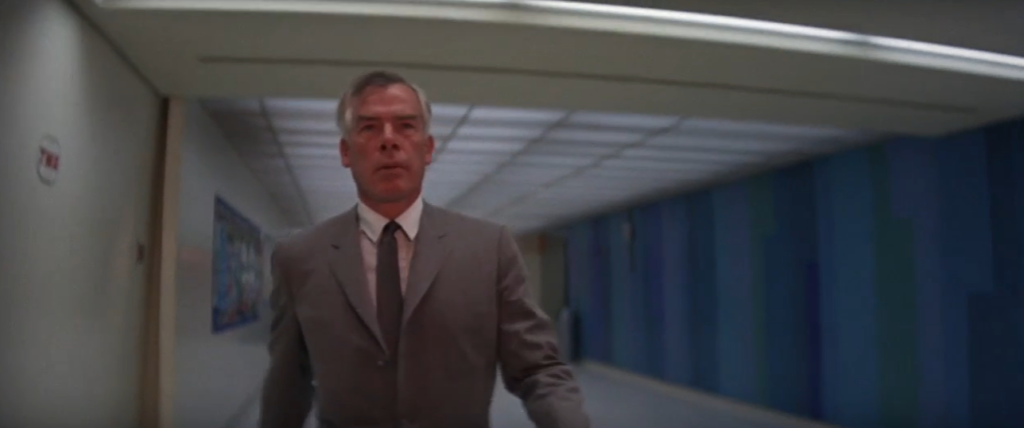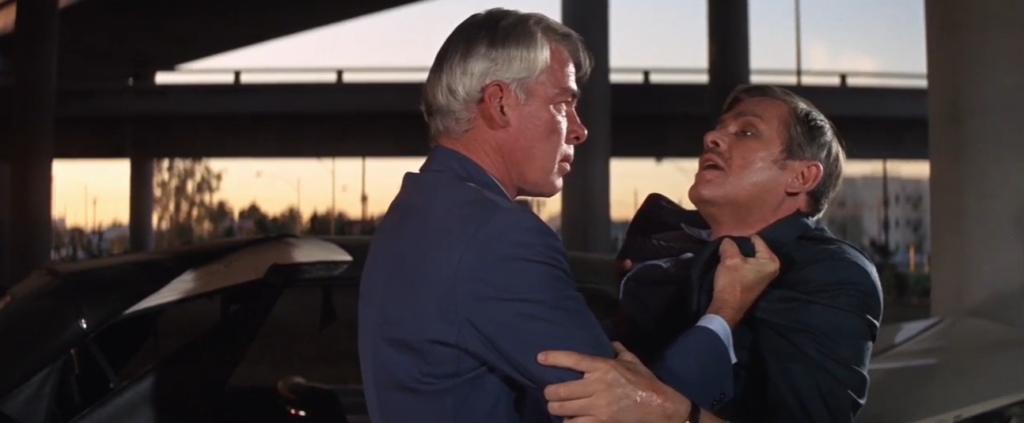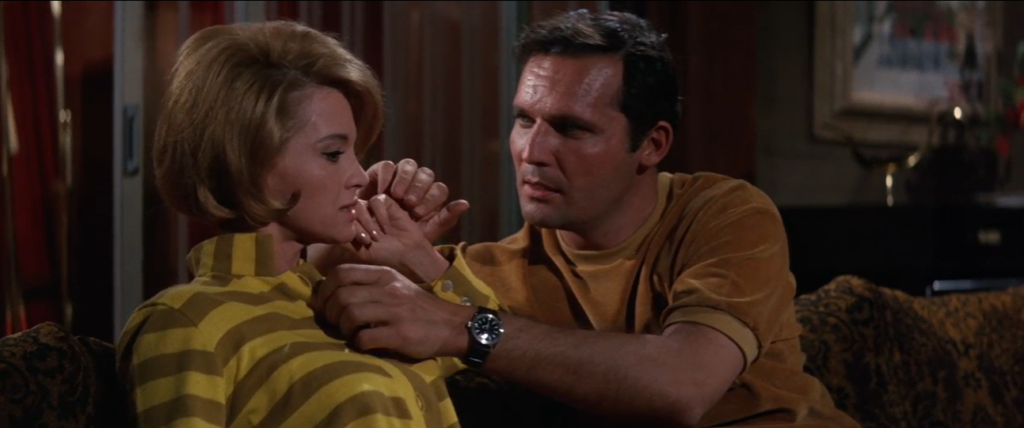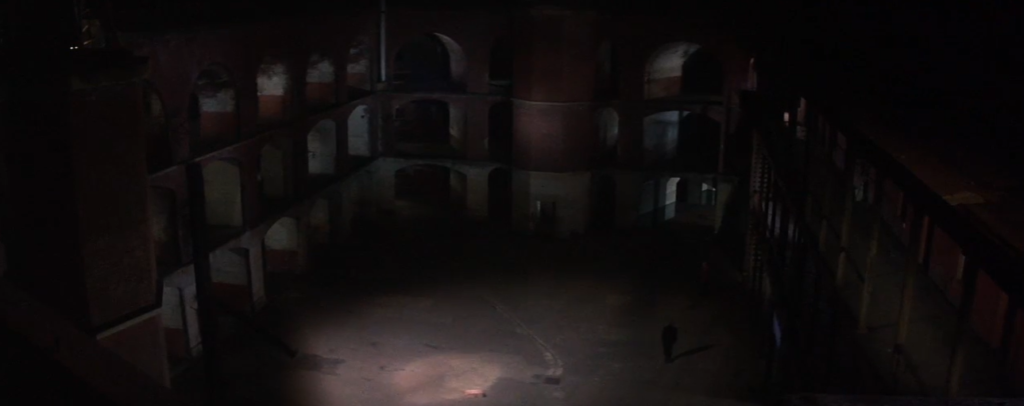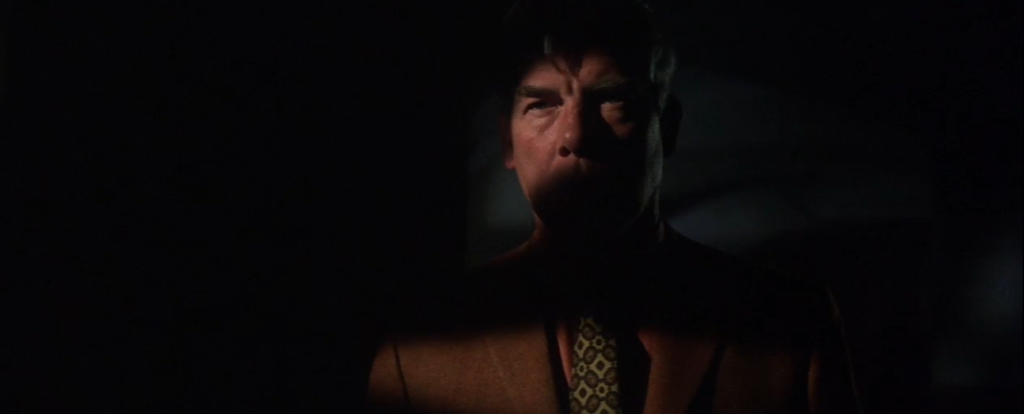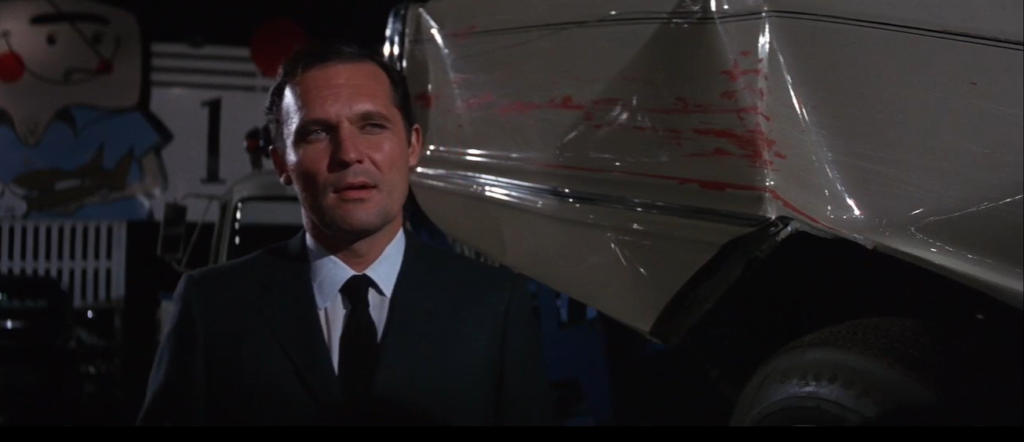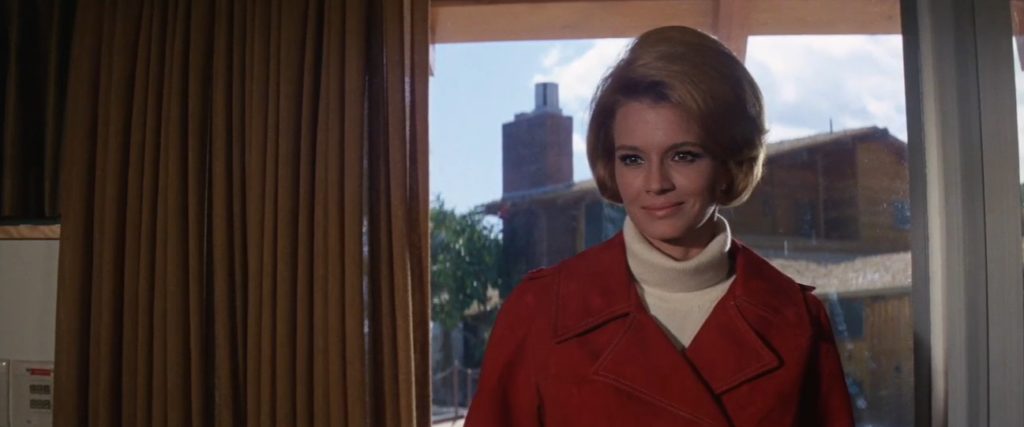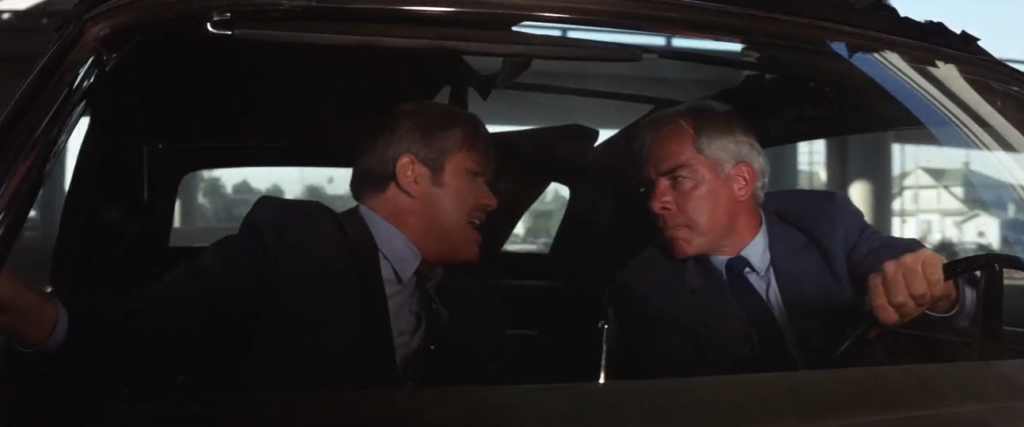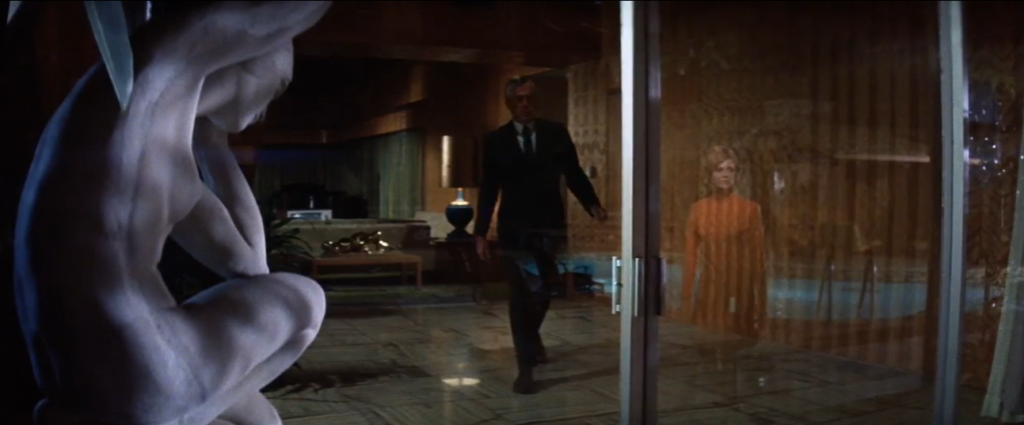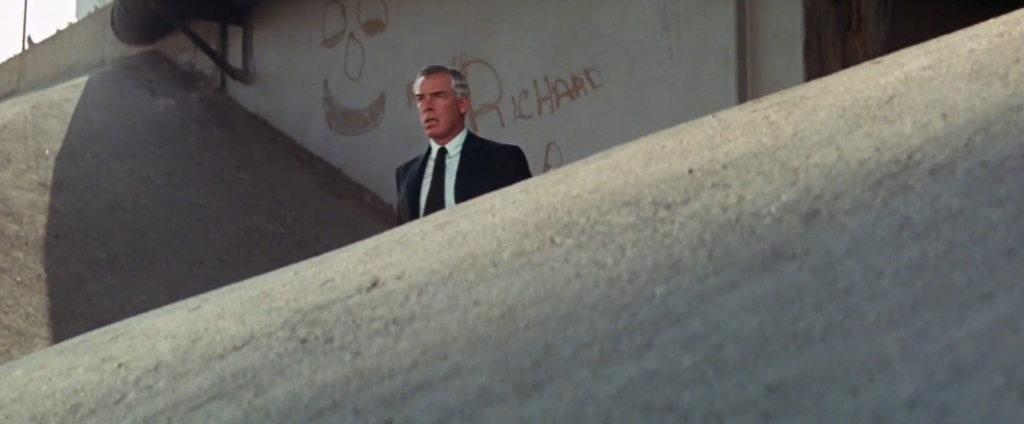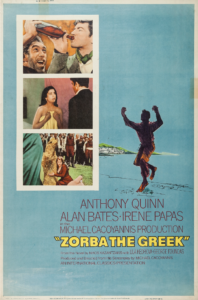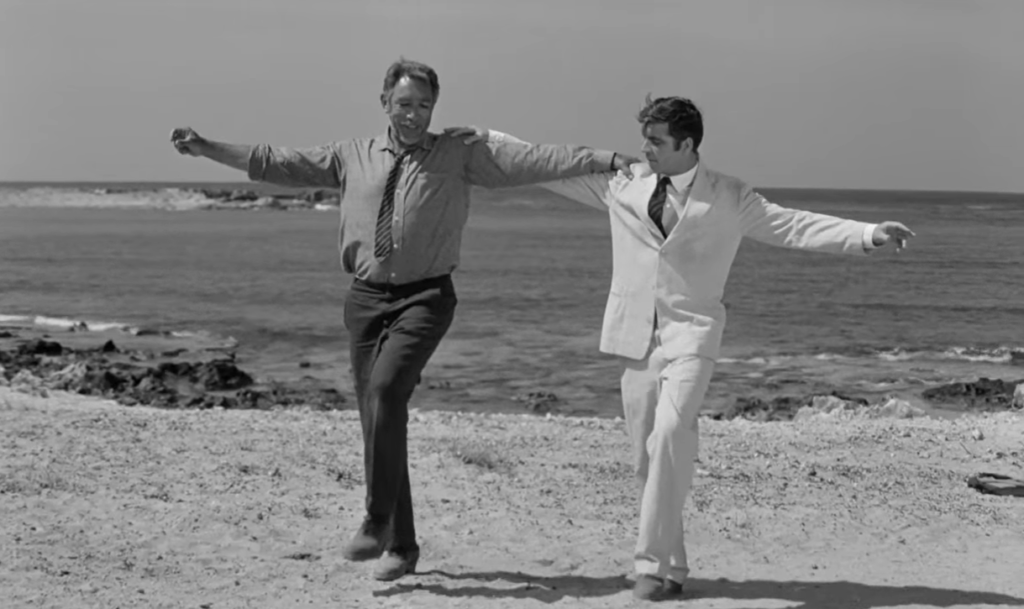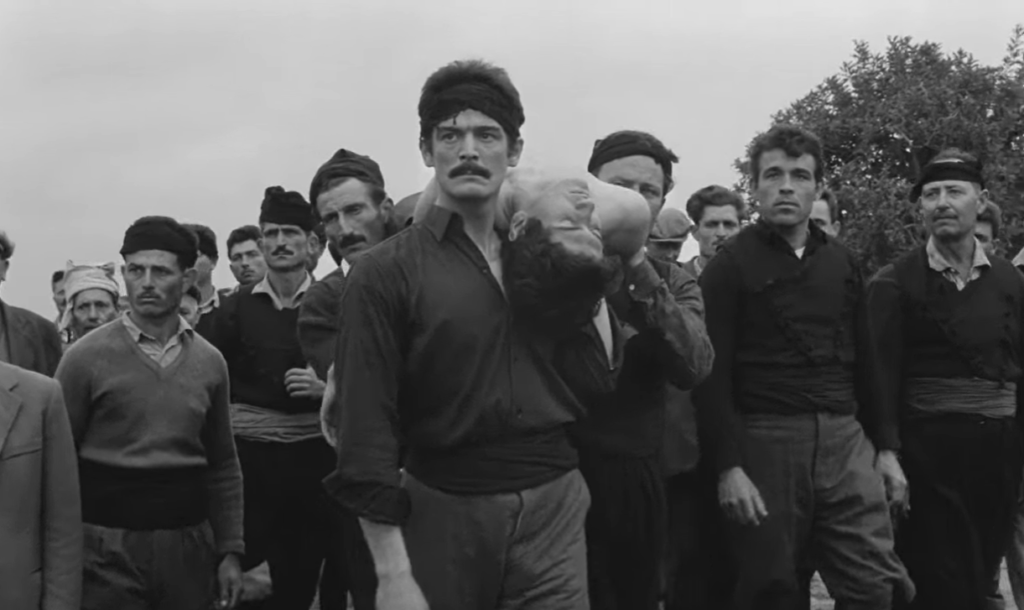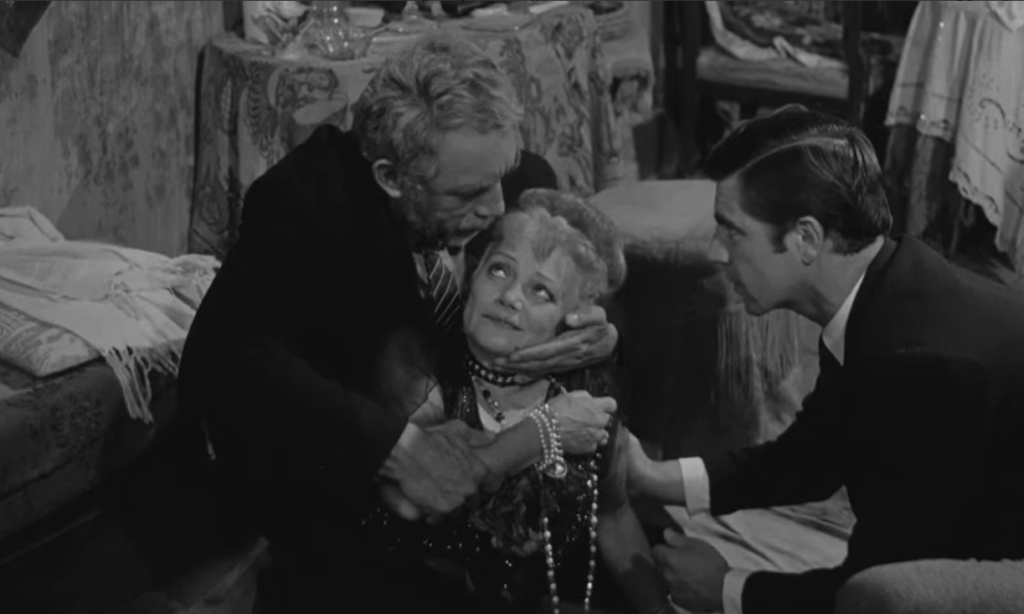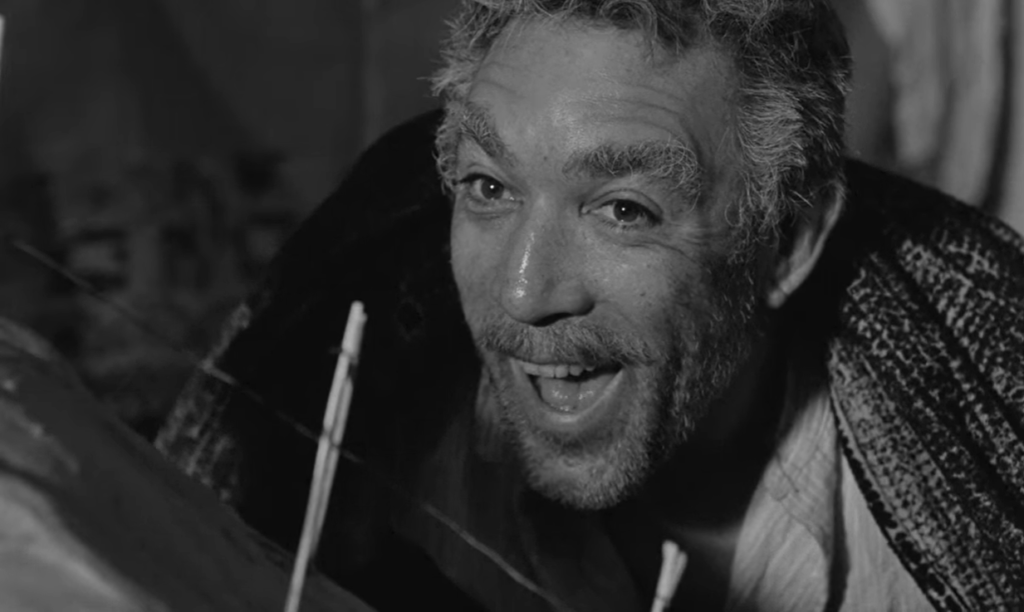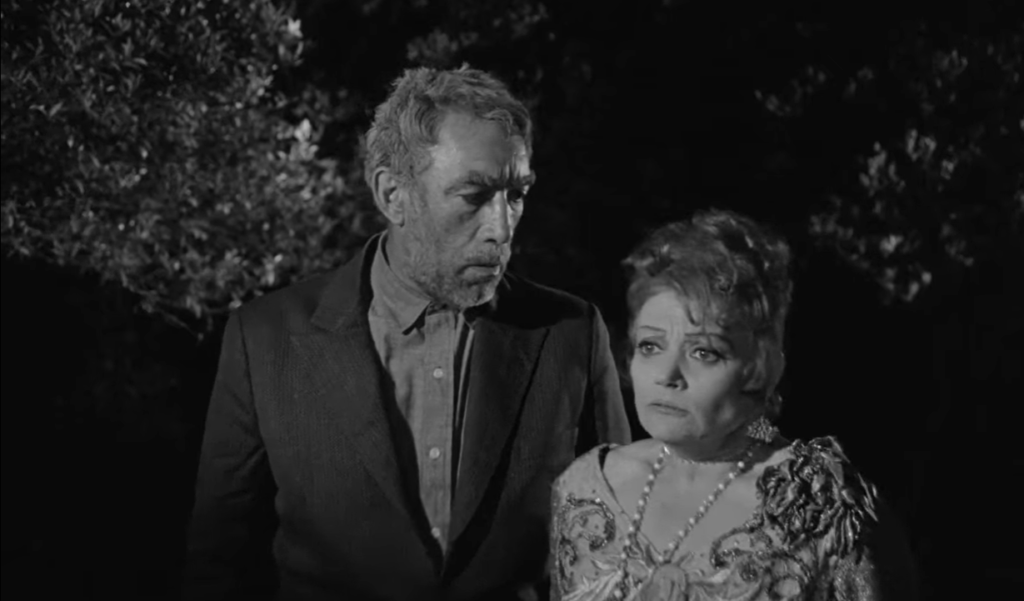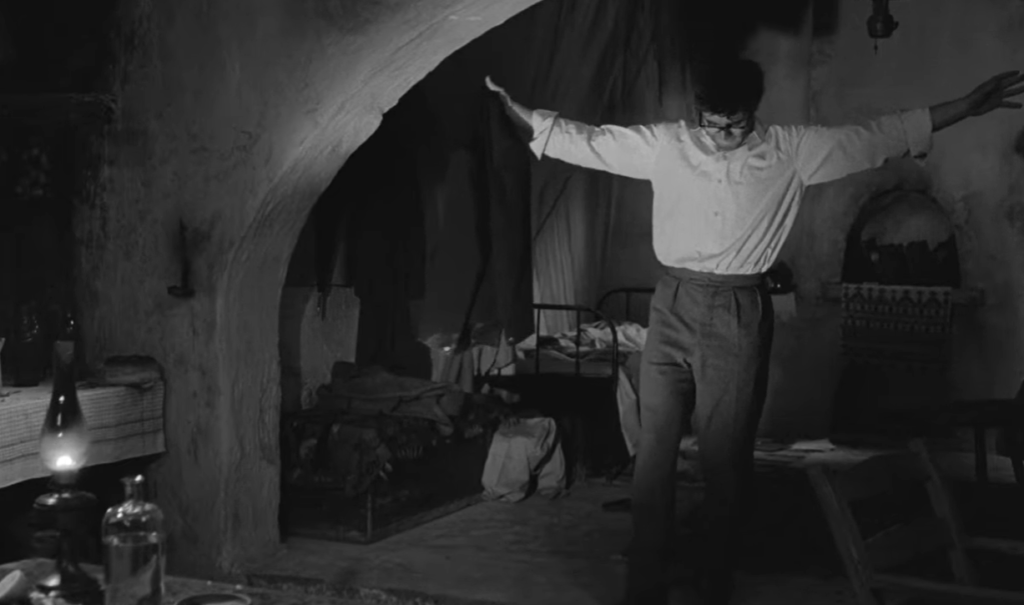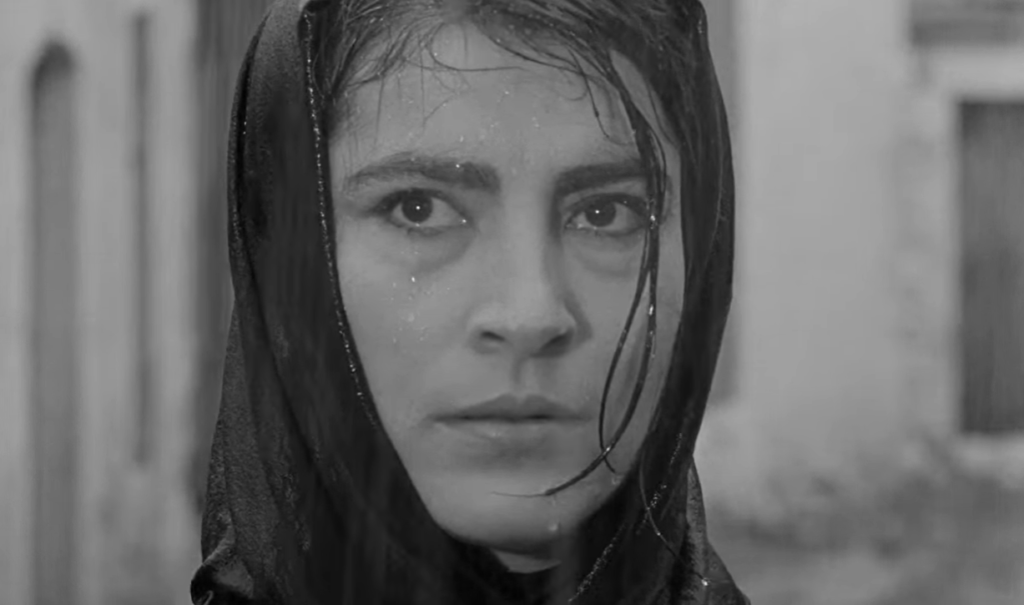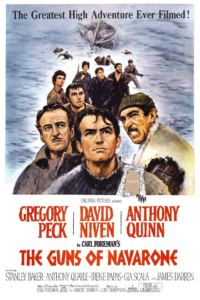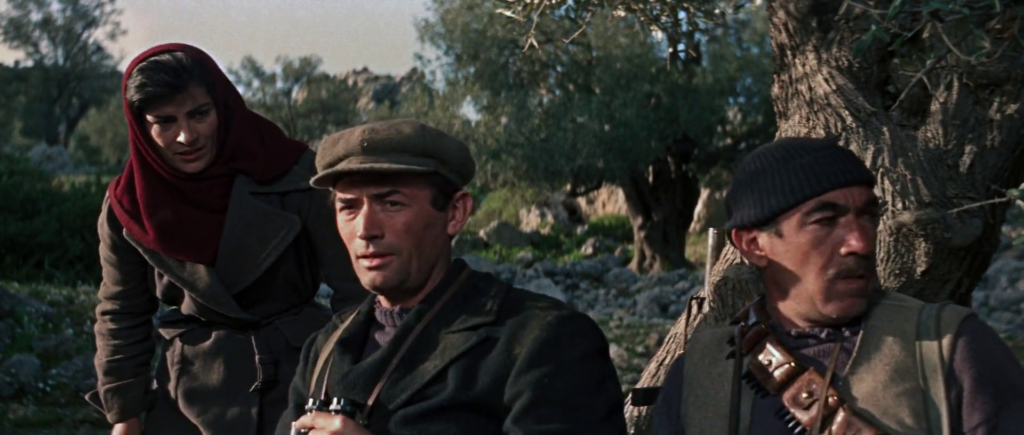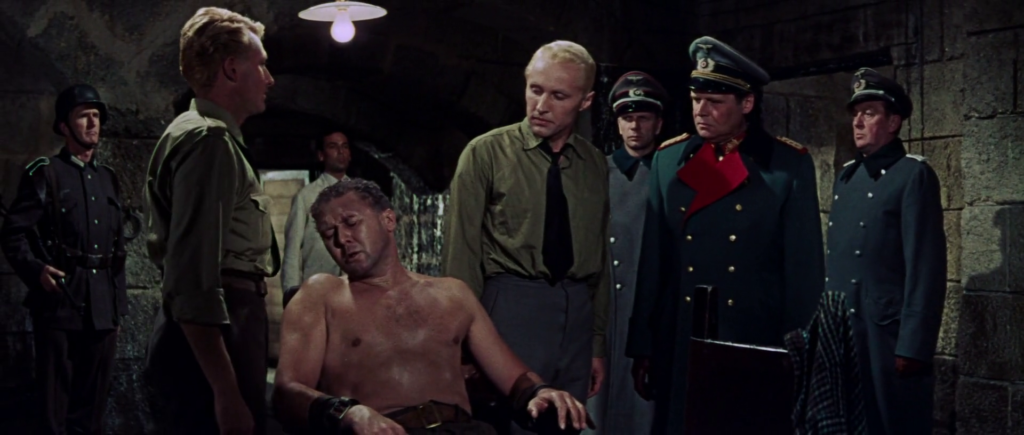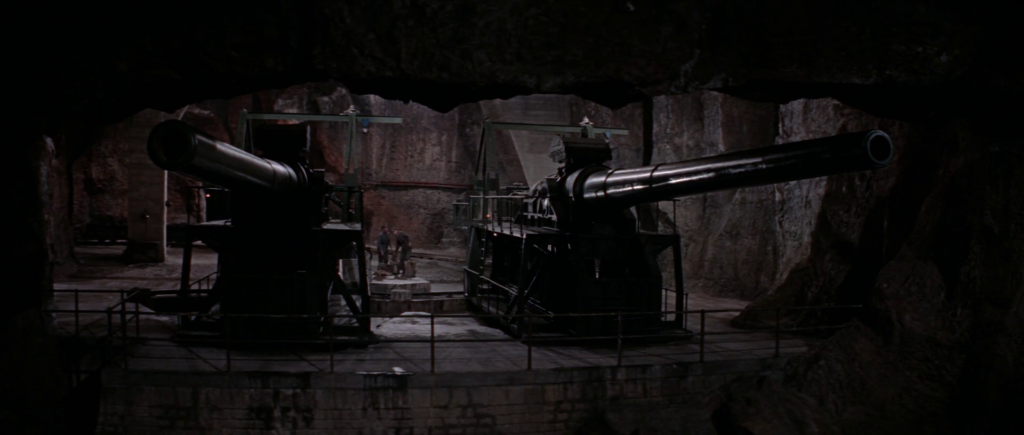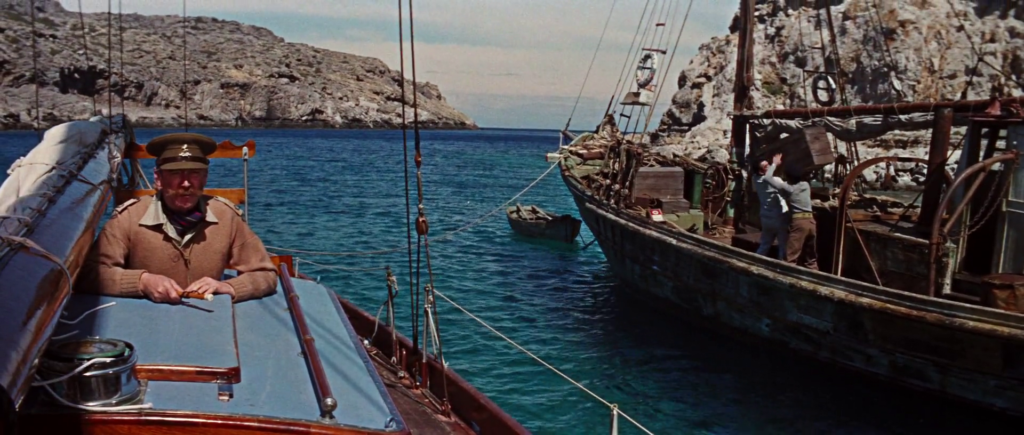Point Blank (1967)
“Wherever you go, trouble finds you out.”
|
Synopsis: |
|
Genres, Themes, Actors, and Directors:
Response to Peary’s Review: Indeed, Marvin stays uncannily calm, cool, and collected as he carries out his deliberate quest to first annihilate the seemingly untouchable Vernon, and then collect the money he is owed, going as high up as he needs to on the organizational food chain. Peary writes that director “John Boorman’s cult film boasts interesting characters, choice locales (around L.A., at Alcatraz prison), and virtuoso camera and editing techniques.” He adds that “the extremely violent action sequences are particularly well handled” and “the film’s audacious style and unusual dialogue have made it extremely popular in Europe.” He points out that Marvin — fresh off of his Oscar win for Cat Ballou (1965) and filming in The Dirty Dozen (1967) — “has one of his best roles” playing “his scariest character since he played villains”; as described in TCM’s article, “Lee Marvin moves with the precision of a machine, cold, calculating, relentless; he could be the predecessor to Arnold Schwarzenegger’s annihilating cyborg in The Terminator (1984).” It’s impossible to imagine this film without Marvin, whose central performance is — well, dead-on. He is a freaking Terminator, but can one blame him given all he’s been through? His single-minded violence stands in interesting contrast with smarmy Vernon, who menaces beautiful Dickinson: … but not for long. Meanwhile, the movie is filled with jarring action sequences, memorable imagery, and creative use of location shooting throughout California. This flick remains well worth a look, and has held up well. Notable Performances, Qualities, and Moments:
Must See? Categories
(Listed in 1001 Movies You Must See Before You Die) Links: |
